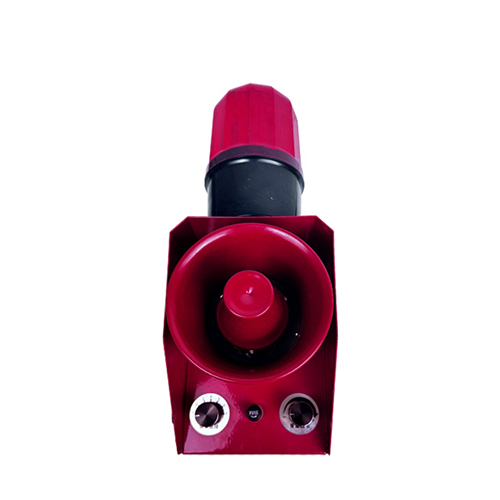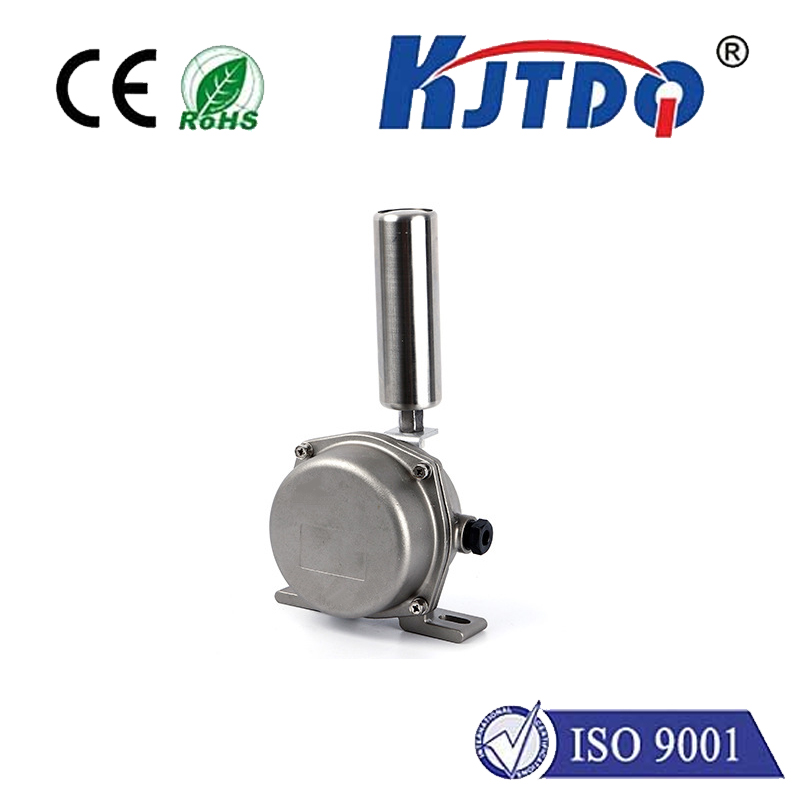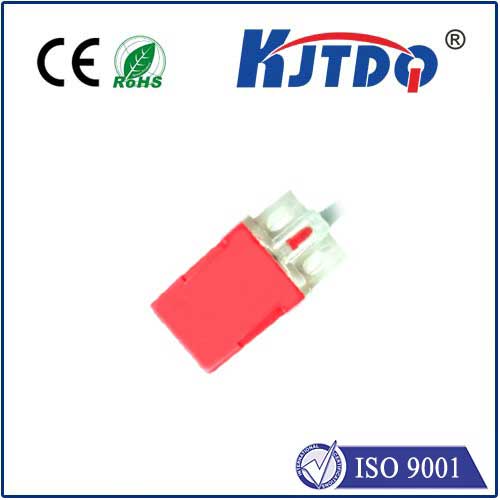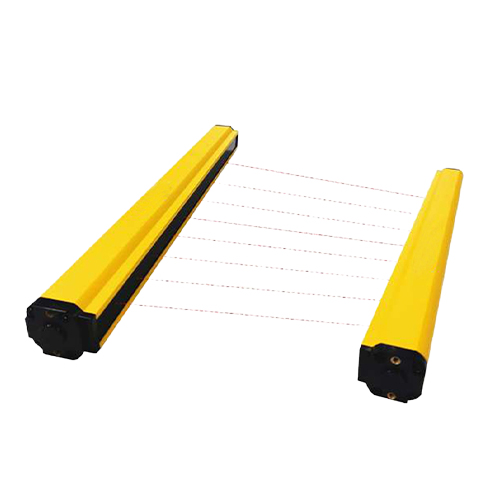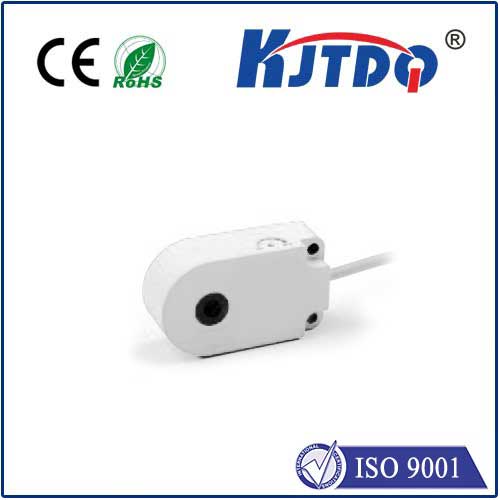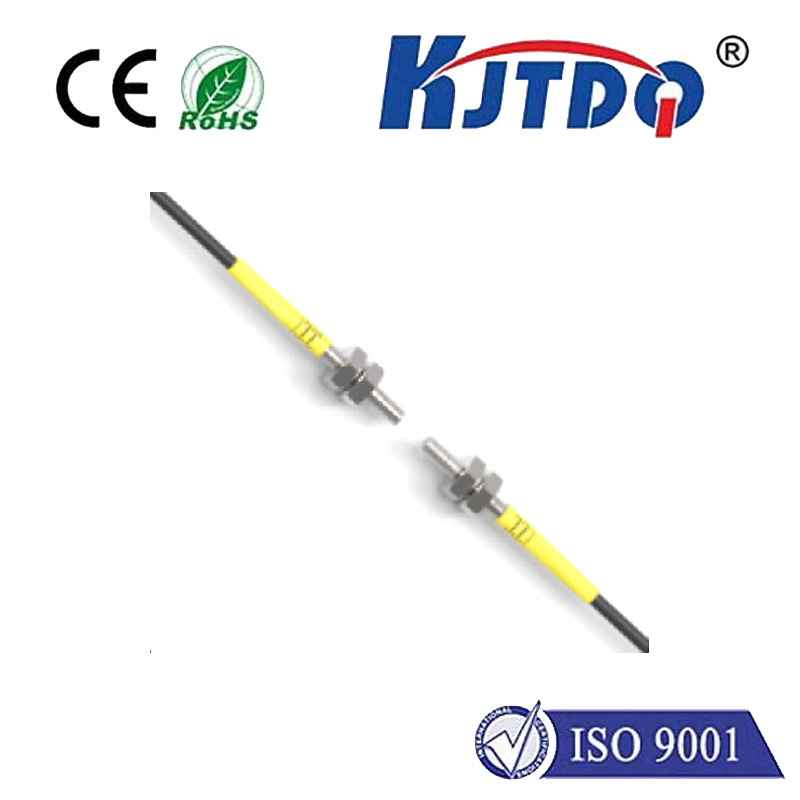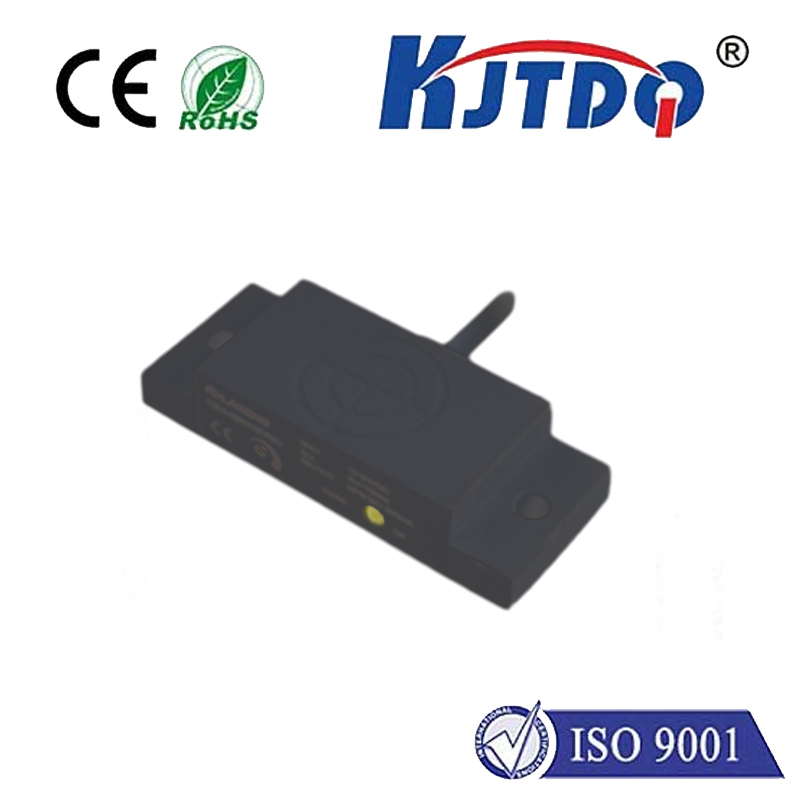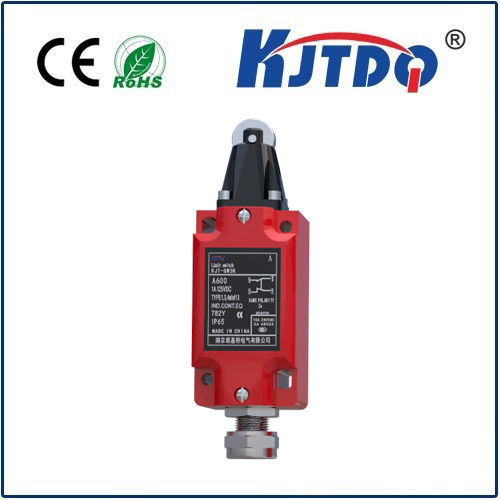

check

check

check

check

check

check

check

check

check

check
Title: Understanding the Versatility of 110V Limit Switches
A limit switch, often underestimated in its importance, serves as a critical component in various industrial and electrical applications. Specifically, the 110V limit switch is designed to handle operations within this specific voltage range, making it invaluable for systems that operate on such electricity levels. This article delves into the characteristics, applications, and significance of 110V limit switches, highlighting their role in modern industrial settings.
The fundamental purpose of a limit switch is to detect the presence or absence of an object within a specified range, limiting mechanical movement to safe and predefined boundaries. The 110V limit switch accomplishes this with minimal contact intervals and a rapid-action mechanism, ensuring precise control over machinery movements. Available in various forms such as small, thin, environmentally resistant types, and configurations like 2-circuit and 4-circuit options, these switches cater to a wide range of operational needs.

One notable product in this category is the DELIXI LXK3-20S/T series, a 10A AC 380V 220V 110V 6000Uimp roller arm type limit switch. This model epitomizes durability and adaptability, equipped with adjustable roller arms that facilitate precise setting adjustments. Such a feature allows users to set limits accurately, preventing machine overtravel and potentially damaging collisions.
Safety is another paramount aspect where 110V limit switches, like the Bulletin 440P series, shine. These switches are designed to cater to both safety and standard sensing applications, offering international compliance and reliability. With various housing sizes and operating types, they provide flexibility alongside stringent safety measures—a testament to their design's emphasis on protection and accuracy.
In terms of practicality and direct application, limit switches like the APL-210N LIMIT SWITCH BOX demonstrate how these devices interface with actuators and valves. Direct install capabilities on actuator upper parts, along with features like visible position indicators and quick adjustable cams, enhance operational efficiency. These traits not only simplify setup processes but also ensure reliable communication between the machine and its operator, be it onsite or remotely located.
Moreover, the ability of 110V limit switches to detect micro changes—a feature uncommon in standard microswitches—further amplifies their utility in precision-oriented tasks. Their high reliability contacts ensure stable performance under various conditions, making them ideal for environments demanding consistent and accurate control.
In conclusion, the versatility and reliability of 110V limit switches make them indispensable components in industrial electrical systems. Their capacity to provide precise control, adapt to diverse application needs, and ensure safety and stability across different environments underscores their significance. As technology continues to evolve, the role of these switches in managing and protecting industrial operations becomes increasingly evident, solidifying their status as essential components in modern industrial machinery.
